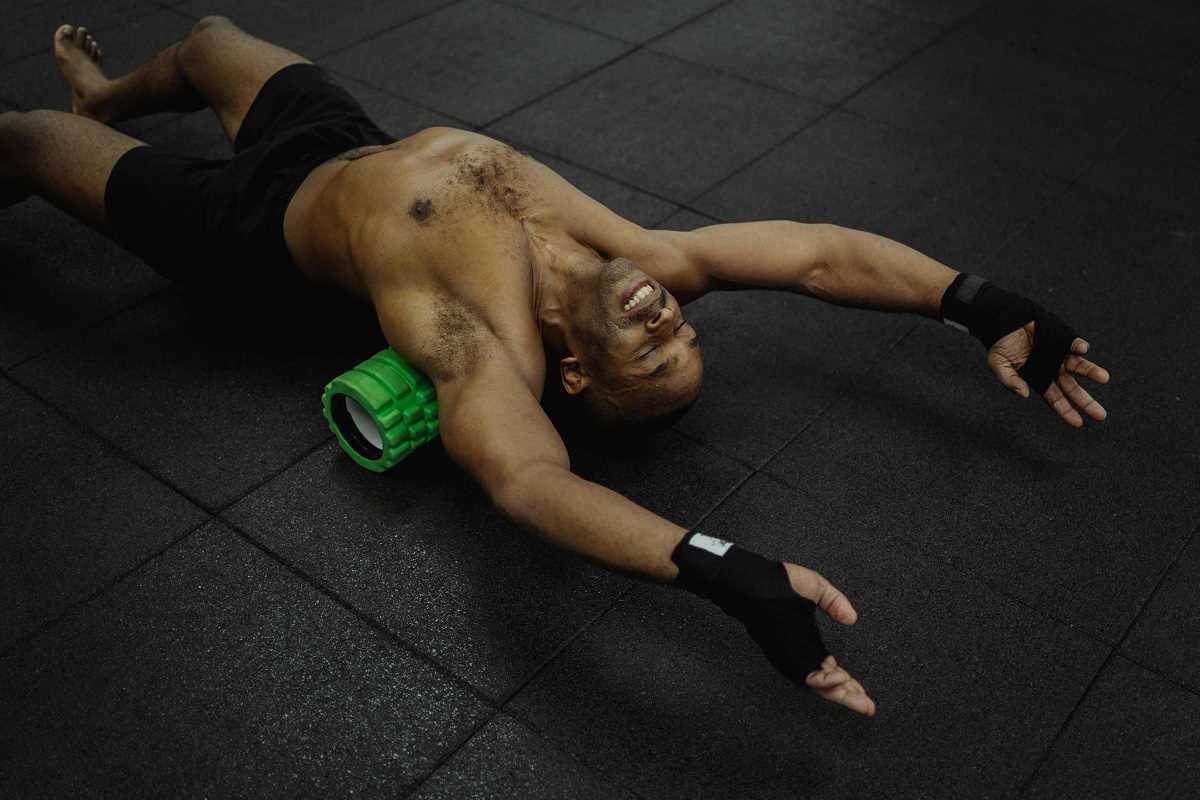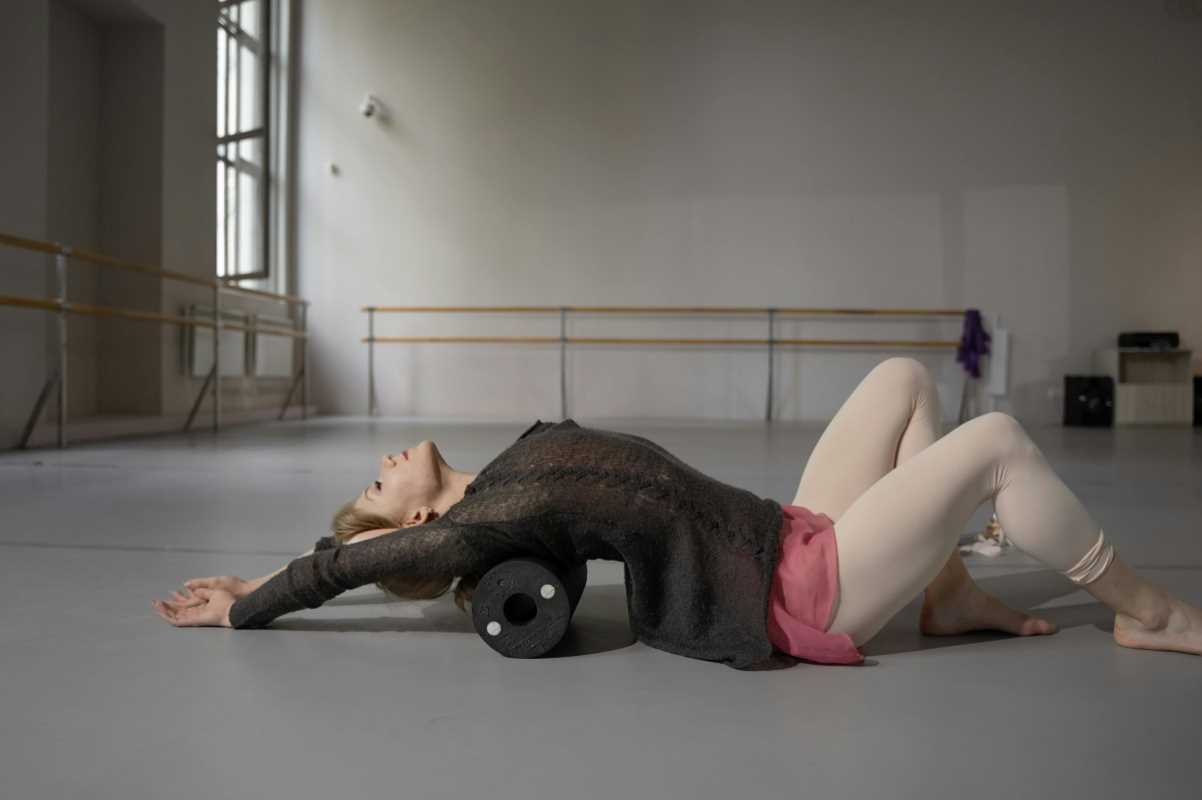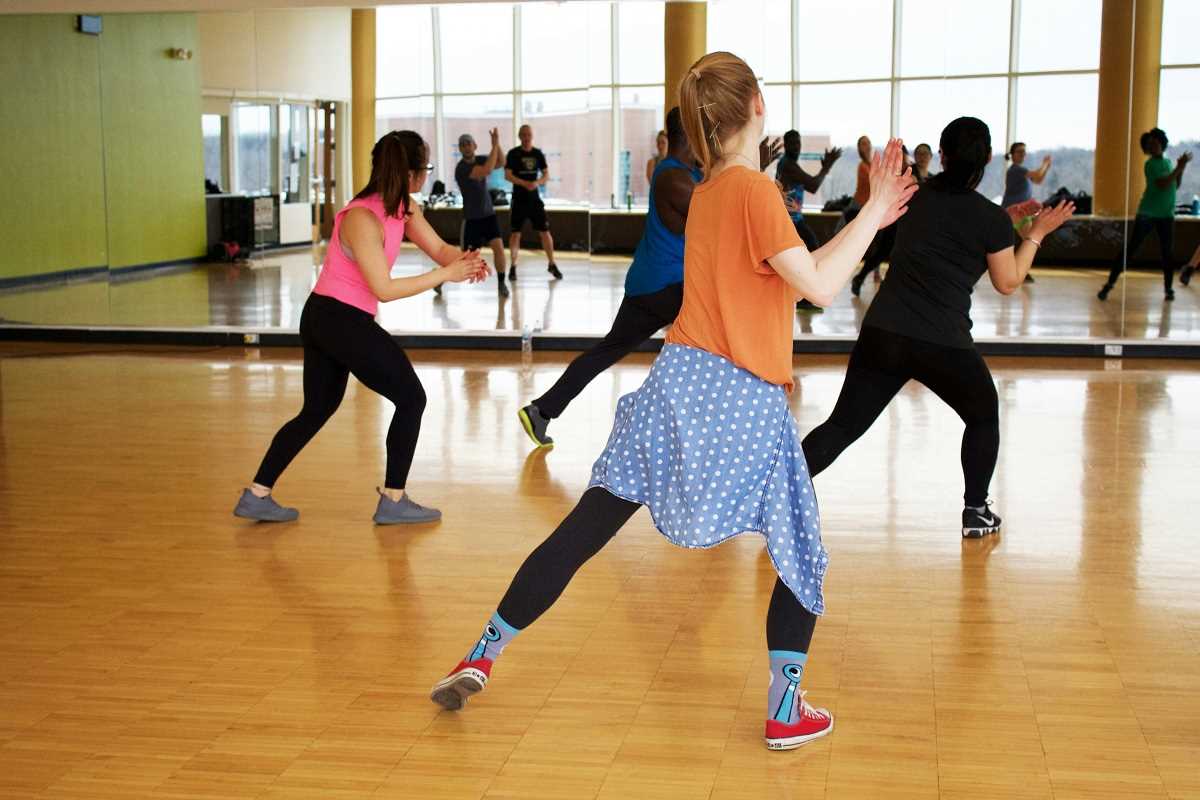When we hear the term "muscle memory," it can sound almost magical, like our bodies have a secret code that remembers everything we’ve taught it. But what exactly is muscle memory, and why is it such a powerful tool for improving fitness and recovery? Whether you're rekindling a long-lost passion for exercise or simply curious about improving how your body recovers after effort, getting to know the science of muscle memory can be a game-changer.
With a blend of balancing responsibilities and maintaining energy, middle-aged women can benefit greatly from tapping into this fascinating aspect of physical fitness and recovery. While it might seem like something reserved for elite athletes, the principles of muscle memory and recovery tools apply to everyone.
If the topic sounds a little intimidating, don't worry—we’re breaking it all down into simple terms to help you understand how your body works and how you can use that knowledge to feel stronger, recover faster, and keep moving with confidence.
What is Muscle Memory, Really?
When people say "muscle memory," they might think about riding a bike after years away or hitting the gym and realizing their strength bounces back faster than they expected. While these experiences are great examples, muscle memory is more than just the idea of remembering movements. It’s a combination of how our brains and muscles work together to make physical tasks easier over time.
Here’s the simplest way to think about it: when you repeatedly perform an action, your brain gets better at sending instructions to your muscles. These movements become second nature because your brain puts them on "autopilot." You no longer have to think about every little step because the connections between your brain and muscles have been strengthened.
But the real magic lies in what happens inside your muscles. When we exercise, we challenge our muscle fibers to grow and adapt. Over time, these fibers build a kind of "memory" at the cellular level. This means even if you take a long break from exercise, your muscles can "remember" their previous strength and performance, allowing you to bounce back much faster when you get started again.
Cool, right? But how does it actually work?
The Science Behind Muscle Memory
Your body is made up of millions of muscle fibers, and each fiber contains nuclei (think of them as tiny managers that oversee muscle growth). When you challenge your muscles through exercise, they respond by creating more of these nuclei. These extra nuclei help your muscles grow stronger and adapt to the demands you're placing on them.
Now, here’s the key part of the puzzle. If you stop exercising for a while, your muscles might shrink, but the nuclei stick around. They don’t just fade away. Those little managers stay behind, ready to kick into action the moment you start challenging your body again.
This ability to "store" muscle memory is what allows people to regain strength and fitness much faster after a break. Whether you took time off because of a busy schedule, an injury, or simply life getting in the way, your muscles are patiently waiting to reconnect with your fitness goals.
This is why fitness experts remind us that it’s never too late to start (or restart). Your body has been designed to help you succeed—even if you’ve been away from physical activity for years.
How Muscle Memory Can Help You Recover
Though muscle memory is often discussed in terms of learning new skills or regaining strength, it also plays a vital role in how we recover. Picture this scenario: You’ve just completed a tough workout, or maybe you’ve spent hours on your feet tackling chores. You feel sore and fatigued, and the last thing you want to do is move again.
But contrary to what we might think, recovery isn’t about being completely still. It’s about how well your body repairs itself and prepares for the next activity. This is where muscle memory can work in your favor.
The Role of Active Recovery
Active recovery, which involves light movement like walking, stretching, or gentle yoga, helps speed up the healing process in your muscles. Why? Because when you engage in light activity after exercise or physical effort, you increase blood flow to your muscles. This extra blood flow carries nutrients and oxygen to those hard-working fibers, helping them repair themselves more efficiently.
Thanks to muscle memory, some movements become so natural that they’re gentle enough to do even when you’re sore or tired. For example, walking doesn’t require the same brain power as learning a new skill, which keeps your body moving without adding too much stress.
Nutrition and Muscle Repair
One of the lesser-talked-about heroes in the recovery process is nutrition. Your body can only repair itself if it has the right building blocks to get the job done. Protein, for example, is a must-have for muscle recovery, as it helps repair those tiny tears in your muscles caused by exercise.
Carbohydrates also play a role by replenishing energy stores, so your body has the strength to heal. Think of it this way: if your muscles are construction workers, protein is the building material, and carbs are the fuel for the machinery.
How Elite Recovery Tools are Making Everyday Fitness Achievable
If you’ve scrolled social media or browsed fitness blogs, you’ve probably seen the rise of "elite recovery" tools like foam rollers, massage guns, compression gear, and cold therapy. But do everyday people really need these tools, or are they just for athletes?
The truth is, anyone can benefit from these recovery aids! Here’s a quick breakdown of some popular options and how they work to support both fitness enthusiasts and everyday movers.
Foam Rollers
Foam rollers act like a do-it-yourself massage. By rolling out tight or sore muscles, you can help release tension, improve flexibility, and reduce stiffness. Best of all, they only take a few minutes to use, making them a great choice for busy schedules.
Massage Guns
These devices use targeted vibrations to loosen tight muscles and improve circulation. While they’re often associated with athletes, they’re especially helpful for anyone who experiences muscle tension after long periods of sitting or physical activity.
Compression Gear
Compression socks and sleeves aren’t just for marathon runners. They can be useful for anyone looking to reduce swelling, improve blood flow, or ease muscle soreness after a long day.
Cold Therapy
Ever heard of an ice bath? While the idea might make you shudder, cold therapy helps reduce inflammation and speeds up muscle recovery. For a gentler version, try a cold pack or even a cool shower after exercise.
Muscle memory and elite recovery aren’t just buzzwords. They’re powerful tools that can help you stay active, meet your goals, and maintain balance in your life—even when things get busy.
If it’s been a while since you’ve exercised, trust that your muscles still remember the strength you once had. And if you’re wondering how to make recovery part of the process, remember to prioritize active movement, proper nutrition, and tools that aid healing.
 (Image via
(Image via
.jpg)




